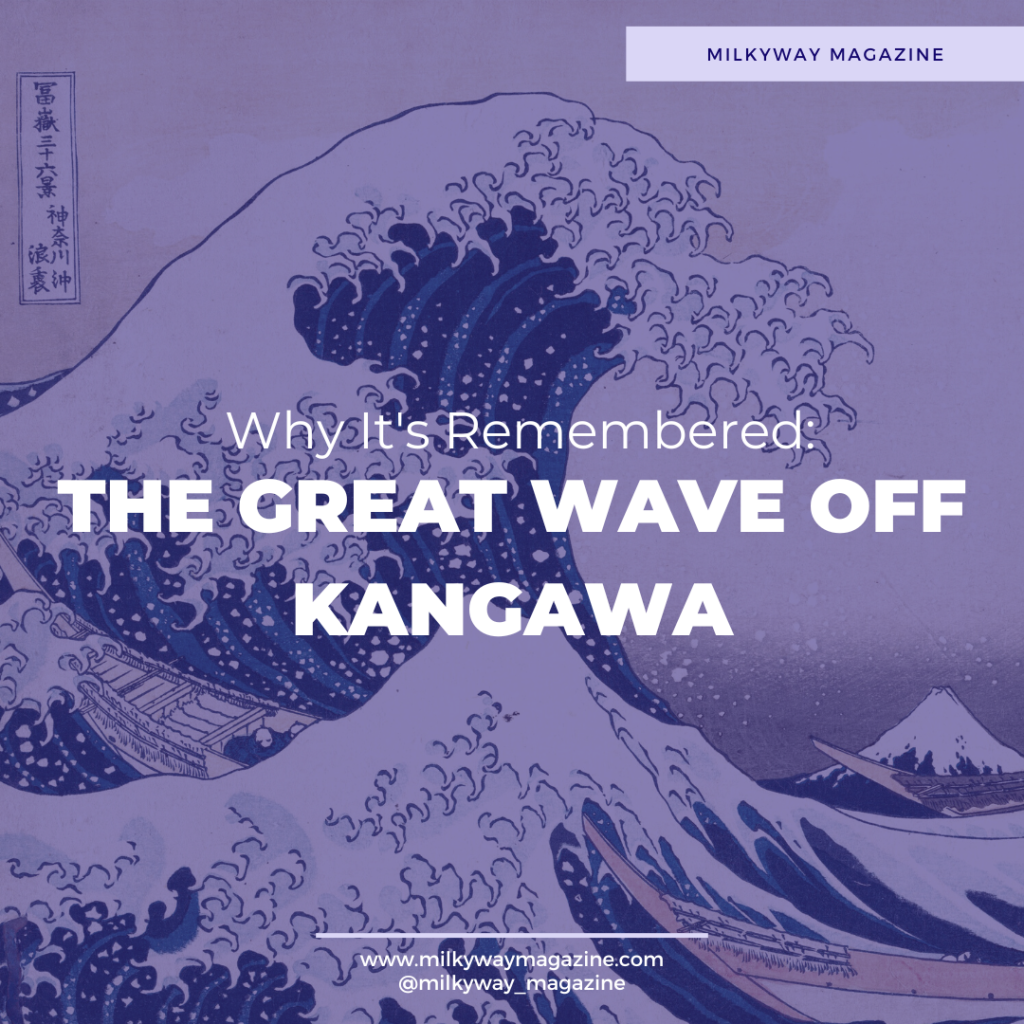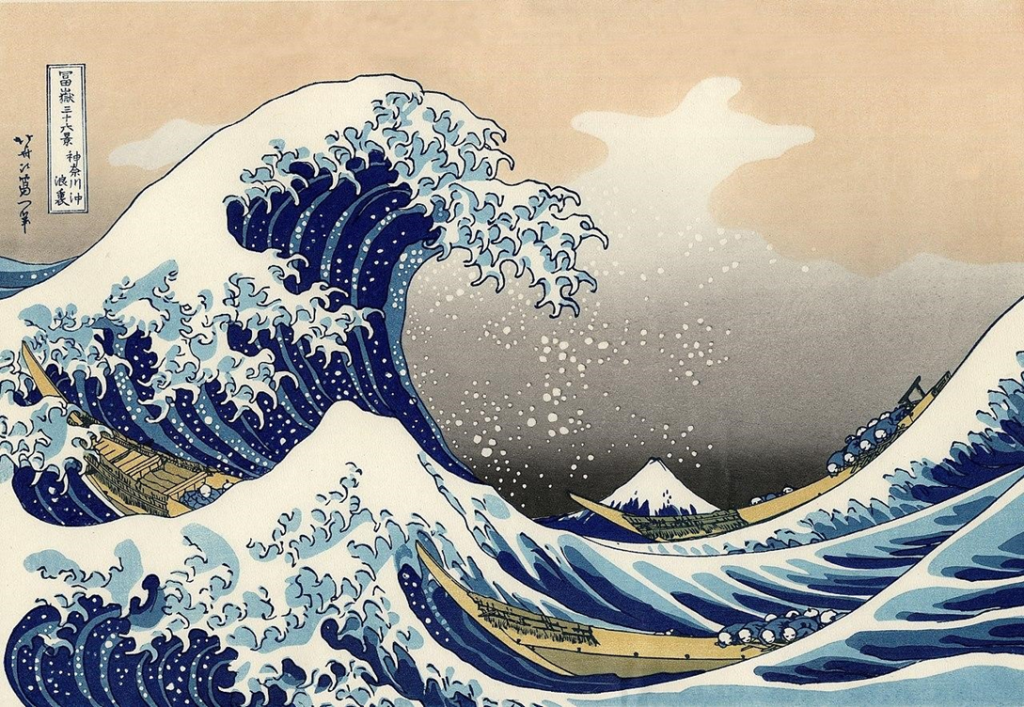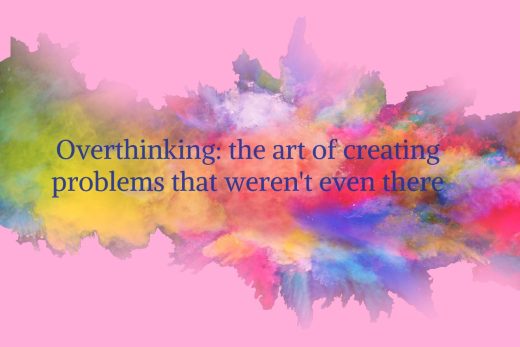
Why It’s Remembered: The Great Wave Off Kanagawa
Over the centuries, there have been pieces of art that have been immortalised in our society’s collective memory and perhaps none more so than Hukosai’s Great Wave Off Kanagawa (1831). It’s so famous, that it’s the only painting to have its own emoji (partly because emojis were invented in Japan), graphic designers all over the world love making alternate designs with it and it’s on clothing everywhere.

The painting is part of a series by Hukosai called “Thirty Six views of Mount Fuji” that depict the sacred Mt.Fuji from different perspectives. This painting depicts two massive waves that are about to engulf three fishing boats, with Mt.Fuji in the distance. This style of painting is called Ukiyo-e (Images of Floating Worlds) and began as a form of mass produced woodblock paintings that were sold to the lower and middle classes. They would be printed by having the original painting carved on a woodblock with colours added to it later, and then sheets of paper are pressed onto the piece of wood; thus producing the image. Originally, Ukiyo-e depicted portraits of famous actors and sumo wrestlers from Tokyo but as time went on, they began to depict landscapes, mythical beings, and even portraits of the emperor.

Hokusai, the painter, was born in 1760 and lived in Tokyo until his death in 1849. He spent his entire life painting woodblocks until the age of 50 where he was struck by lightning and had a stroke that forced him to relearn painting and caused his art to morph into what we see from him today. When he was alive, Japan was an isolationist country that didn’t allow contact or trade
with the outside world with the exception of two ships a year to trade with the Dutch, which gave him the prussian blue paint used in the painting and showed him Dutch landscapes paintings from which he was inspired. Later, when Japan opened up to the outside world after his death, his works inspired impressionism and artists like Claude Monet and Vincent Van Gogh.
The painting symbolises Japan’s fear of invasion and incursion from the outside world as the sea that once protected and sheltered them can now be seen to be a danger to Japan and its people. This can also be seen in how the wave appears to be taller than Mt.Fuji, which holds a special significance in Japanese Folk religion. Some smaller details can also be observed, like how the larger wave looks like a claw and that its foam seems to cover Mt.Fuji with snow. The smaller wave also seems to look exactly like Mt.Fuji, which may have been just to make carving it easier.
To be fair, the painting is not that deep as it’s not meant to be. It’s meant to be a pretty image to hang in your house and it’s meant to be mass produced for everyone to see, so I don’t think Hukosai would mind all the vaporwave wallpapers and t-shirts with his work on it. It is, however, a wonderful looking glass into 19th century Japan and its art.
Read More:






